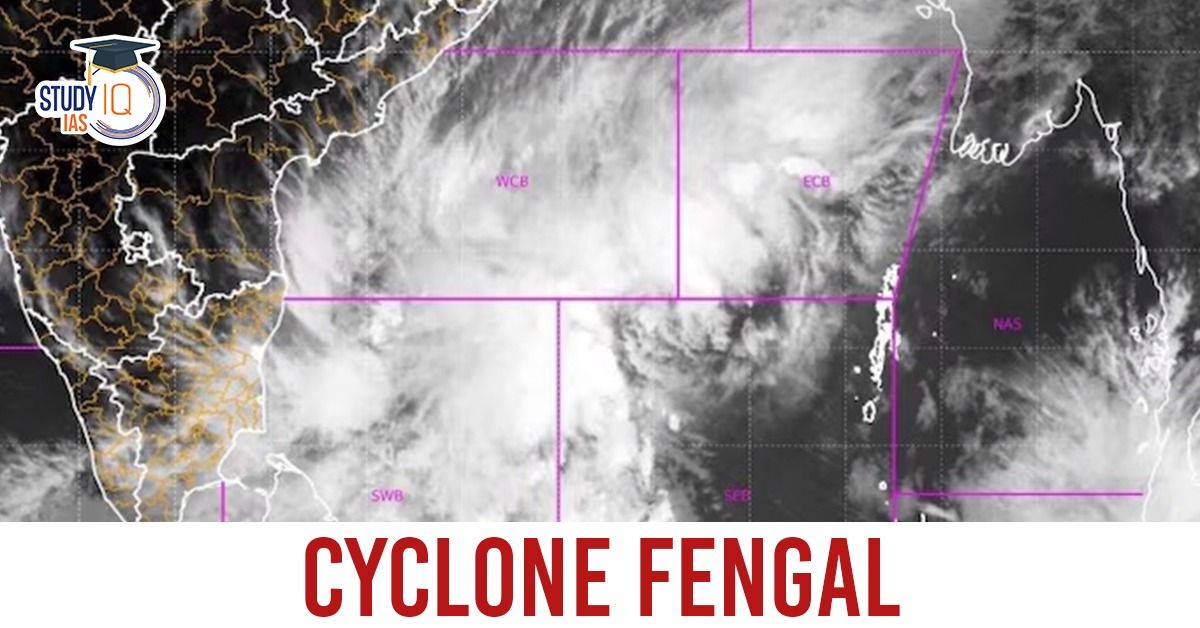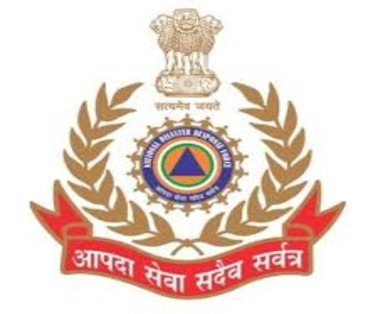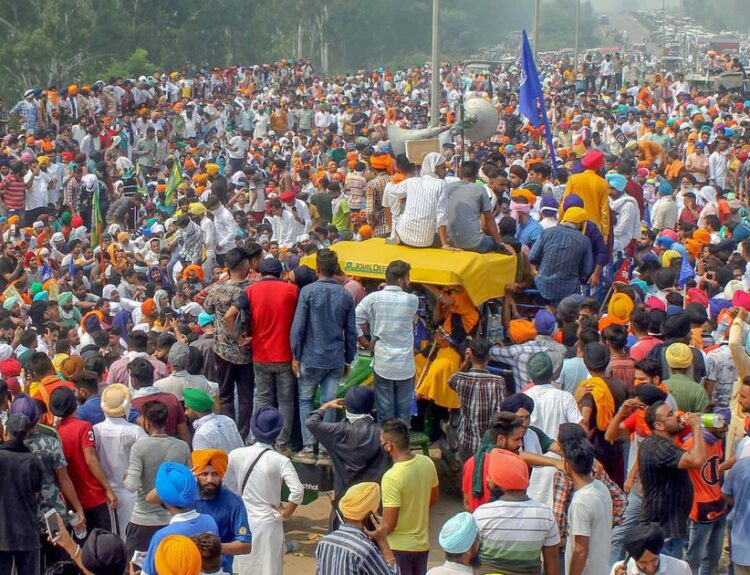“Explore the role of the State Disaster Management Authority (SDMA), its legal framework, powers, and responsibilities in disaster preparedness and response. This blog delves into key case laws, policies, and the significance of effective disaster management in India.”
Introduction:
The Disaster Management Act, 2005, is a comprehensive legal framework enacted by the Government of India to strengthen disaster preparedness, response, mitigation, and recovery mechanisms across the country. It provides a structured approach to disaster management by defining roles and responsibilities at the national, state, and district levels. The Tamil Nadu State Disaster management authority is the responsibility of the disaster that happens across the state. Now the one more District management authority is the responsibility of the disaster that happens across the district. Basically, this act not only talks about the disaster that happens, but it also talks about powers, functions, responsibilities, roles, finance, account and audit of all members and executive members in the NDMA, SDMA and DDMA. For instance, in Cyclone Fengal caused widespread destruction in Tamil Nadu and Puducherry, claiming 40 lives. The storm brought heavy rains and strong winds to parts of the state.
Powers and Functions of the State Disaster Management Authority:
The section from 14 to 24 in the Disaster Management Act, 2005 deals with State Disaster Management Authority in which section 18 considers about the Powers and Functions of State Authority. The Sate Disaster Management Authority is under the control of Chief Minister and to implement disaster policies at the State level. SDMA is responsible for formulating state-wide disaster management policies to enhance preparedness, mitigation, and response strategies. It reviews and approves the SDMP, ensuring its effective execution across all government departments and districts. It facilitates coordination among various agencies, local authorities, and relevant stakeholders for a unified disaster management approach. It provides financial recommendations for disaster preparedness, response, and risk reduction efforts. It offers guidance on policy decisions, legal frameworks, and administrative strategies for disaster risk management. SDMA monitors and evaluates the execution of disaster management initiatives while ensuring alignment with National Disaster Management Authority (NDMA) guidelines. It assesses major infrastructure and urban development projects to incorporate disaster resilience strategies. It oversees and coordinates relief, rescue, and rehabilitation operations during disasters to minimize damage and support affected communities. In summary, SDMA serves as the apex body for disaster management at the state level, ensuring a structured and proactive response to disasters while safeguarding lives, property, and the environment. It has been instrumental in managing cyclones, floods, earthquakes, and pandemics.
Case in point: Cyclone Fengal (2024)
Cyclone Fengal, a significant weather event in late 2024, had a profound impact on parts of India and Sri Lanka. Originating in the Bay of Bengal, the cyclone made landfall on India’s southern coast on November 30, 2024, bringing with it severe weather conditions.
Impact on India:
- Casualties and Damage: The cyclone resulted in at least three fatalities in India. Puducherry experienced its heaviest 24-hour rainfall in three decades, leading to extensive flooding. In Tamil Nadu, particularly in Chennai, heavy rains caused significant inundation, disrupting daily life and infrastructure. Preliminary damage assessments estimated losses at approximately ₹150 crore (US$17.7 million).
- Agricultural Impact: Flooding submerged around 800 acres of farmland in Nagapattinam, adversely affecting the agricultural sector.
- Transportation Disruptions: Chennai airport faced temporary suspensions of flight operations due to severe weather. In one notable incident, an IndiGo passenger jet was forced to abort its landing at Chennai airport because of intense wind gusts, highlighting the cyclone’s impact on aviation safety.
Impact on Sri Lanka:
- Casualties and Displacement: Sri Lanka reported 16 deaths due to Cyclone Fengal. The Disaster Management Centre in Colombo indicated that heavy rains affected approximately 138,944 families, leading to widespread displacement and hardship.
Response and Relief Efforts:
- Rescue Operations: In India, the army was mobilized to conduct relief operations, especially in severely affected areas like Puducherry. Rescue teams employed boats to navigate submerged streets and assist stranded residents.
- Infrastructure Restoration: Efforts were initiated promptly to restore power and clear flooded roadways. Authorities worked tirelessly to bring normalcy back to the affected regions, addressing both immediate needs and long-term rehabilitation.
Cyclone Fengal underscored the vulnerability of coastal regions to severe weather events and highlighted the importance of robust disaster preparedness and response mechanisms. The collaborative efforts of governmental agencies, armed forces, and local communities played a crucial role in mitigating the cyclone’s impact and facilitating recovery.
The Puducherry administration sent SMS alerts to nearly 12 lakh residents, urging vigilance. Chief Minister N. Rangasamy inspected rain-affected areas and reviewed disaster management measures, including the setup of relief centres for evacuees from low-lying regions. The Tamil Nadu State Disaster Management Authority (TNSDMA) deployed three disaster relief teams in Chennai and 13 teams across other impacted districts. The Tamil Nadu Revenue and Disaster Management Department established 2,229 relief centres. So far, 471 individuals from 164 families have been relocated to relief camps in the Thiruvarur and Nagapattinam districts. Authorities are prepared for further evacuations if necessary.
In a public safety advisory, the government urged IT companies to permit employees to work from home. Residents were strongly advised to stay indoors unless necessary. Parks and beaches in Chennai and neighbouring districts have been closed, with warnings issued against visiting recreational spots. Greater Chennai Corporation (GCC) Mayor R. Priya assured residents that the civic body is fully prepared to handle heavy rains. Warnings were also issued against parking vehicles under trees during the rainfall. Subways, including the RBI Subway, Sundaram Point, Rangarajapuram, Palavanthangal, and Gengu Reddy subways, were closed due to waterlogging.

Case Studies:
Gujarat State Disaster Management Authority vs M/S Aska Equipments Ltd:
In the case of Gujarat State Disaster Management Authority vs. M/S Aska Equipments Ltd., the dispute centered around a contractual disagreement regarding the supply of disaster management equipment.
Case Background:
The Gujarat State Disaster Management Authority (GSDMA) had entered into an agreement with M/S Aska Equipments Ltd. to procure specialized equipment intended to improve disaster response operations. The contract specified conditions related to delivery timelines, quality assurance, and payment terms.
Nature of the Dispute:
A conflict arose when GSDMA claimed that Aska Equipments Ltd. had failed to deliver the equipment within the agreed timeframe and that the supplied goods did not meet the required quality standards. As a result, GSDMA decided to withhold a portion of the payment, alleging a contractual breach. In contrast, Aska Equipments Ltd. argued that they had met their contractual obligations and that any delays occurred due to unforeseen circumstances beyond their control. Consequently, they demanded full payment.
Legal Analysis:
The court was tasked with determining whether a breach of contract had occurred and, if so, the legal implications. The key considerations in the case included:
- Compliance with Contract Terms: The court examined whether the parties adhered to the agreed delivery schedules, quality benchmarks, and payment obligations.
- Breach of Contract Evidence: Documents and witness testimonies were reviewed to evaluate the validity of the breach claims regarding delays and substandard quality.
- Reasons for Delays: The justifications given by Aska Equipments Ltd. were analyzed to determine if they were acceptable under the contract’s force majeure clause.
- Legality of Withholding Payment: The court assessed whether GSDMA had a valid reason to withhold payment based on contractual violations.
Judgement:
- Aska Equipments Ltd. had not met the agreed-upon delivery schedule and had supplied equipment that failed to meet the contract’s quality specifications.
- The reasons provided for the delays were deemed insufficient and did not qualify as force majeure circumstances.
- GSDMA was justified in withholding a portion of the payment due to the supplier’s failure to comply with the contract terms.
- The court ruled in favor of GSDMA, granting them the right to retain the withheld payment as compensation for the contractual breach. This case highlights the necessity of adhering to contractual obligations, especially in critical areas such as disaster management, where timely and high-quality equipment plays a vital role in emergency preparedness and response.
Conclusion:
The State Disaster Management Authority (SDMA) plays a vital role in ensuring the safety, resilience, and preparedness of states against disasters. Established under the Disaster Management Act, of 2005, the SDMA functions as the key coordinating body for disaster prevention, mitigation, response, and recovery. Through policy formulation, early warning systems, community engagement, and inter-agency coordination, SDMAs work to minimize disaster impacts and enhance resilience.
The devastating impact of Cyclone Fengal (2024) has once again highlighted the urgent need for robust disaster management frameworks. SDMAs’ preparedness and response efforts across affected states demonstrated the importance of early warning dissemination, evacuation planning, and rapid relief deployment. However, challenges such as infrastructure gaps, resource constraints, and climate-induced disaster risks require continuous improvement in disaster governance, technological integration, and community participation.
Looking ahead, the effectiveness of disaster management depends on a multi-stakeholder approach, where governments, local communities, NGOs, and private sectors collaborate to build a resilient future. Investment in disaster-resilient infrastructure, climate adaptation.




